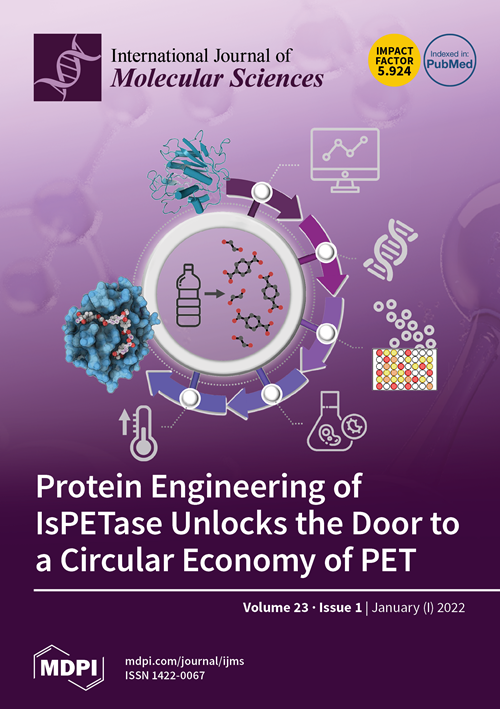关于树脂基复合牙科材料细胞毒性的考虑:系统回顾
IF 4.9
2区 生物学
Q1 BIOCHEMISTRY & MOLECULAR BIOLOGY
引用次数: 0
摘要
牙科材料行业正在迅速发展树脂基复合材料(RBC),并在各种临床环境中得到广泛应用。因此,它们的生物相容性越来越受到关注。本文献综述概述了 2017 年至 2023 年期间发表的有关甲基丙烯酸酯基复合材料细胞毒性的研究。分析对象为 14 项关于人类和鼠类细胞系的体外研究。纳入研究的细胞毒性通过 MTT 试验、LDH 试验和 WST-1 试验进行测量。采用 QUIN 偏倚风险工具对纳入的研究进行验证。所纳入的研究(完全基于体外研究的结果)提供了牙科树脂基复合材料具有剂量和时间依赖性细胞毒性的证据。氧化应激和细胞谷胱甘肽(GSH)耗竭被认为是造成细胞毒性的原因。红细胞凋亡的诱导作用也得到了证实。虽然复合材料仍是牙科修复材料的黄金标准,但由于长期直接接触,其潜在的细胞毒性不容忽视。要了解细胞毒性的分子机制,并生产出安全性更高的新型材料,还需要进一步的体外研究和临床试验。本文章由计算机程序翻译,如有差异,请以英文原文为准。
Considerations about Cytotoxicity of Resin-Based Composite Dental Materials: A Systematic Review
The dental material industry is rapidly developing resin-based composites (RBCs), which find widespread use in a variety of clinical settings. As such, their biocompatibility has gained increasing interest. This literature review presents a summary of research into the cytotoxicity of methacrylate-based composites published from 2017 to 2023. Subject to analysis were 14 in vitro studies on human and murine cell lines. Cytotoxicity in the included studies was measured via MTT assay, LDH assay, and WST-1 assay. The QUIN Risk of Bias Tool was performed to validate the included studies. Included studies (based entirely on the results of in vitro studies) provide evidence of dose- and time-dependent cytotoxicity of dental resin-based composites. Oxidative stress and the depletion of cellular glutathione (GSH) were suggested as reasons for cytotoxicity. Induction of apoptosis by RBCs was indicated. While composites remain the golden standard of dental restorative materials, their potential cytotoxicity cannot be ignored due to direct long-term exposure. Further in vitro investigations and clinical trials are required to understand the molecular mechanism of cytotoxicity and produce novel materials with improved safety profiles.
求助全文
通过发布文献求助,成功后即可免费获取论文全文。
去求助
来源期刊

International Journal of Molecular Sciences
Chemistry-Organic Chemistry
CiteScore
8.10
自引率
10.70%
发文量
13472
审稿时长
17.49 days
期刊介绍:
The International Journal of Molecular Sciences (ISSN 1422-0067) provides an advanced forum for chemistry, molecular physics (chemical physics and physical chemistry) and molecular biology. It publishes research articles, reviews, communications and short notes. Our aim is to encourage scientists to publish their theoretical and experimental results in as much detail as possible. Therefore, there is no restriction on the length of the papers or the number of electronics supplementary files. For articles with computational results, the full experimental details must be provided so that the results can be reproduced. Electronic files regarding the full details of the calculation and experimental procedure, if unable to be published in a normal way, can be deposited as supplementary material (including animated pictures, videos, interactive Excel sheets, software executables and others).
 求助内容:
求助内容: 应助结果提醒方式:
应助结果提醒方式:


